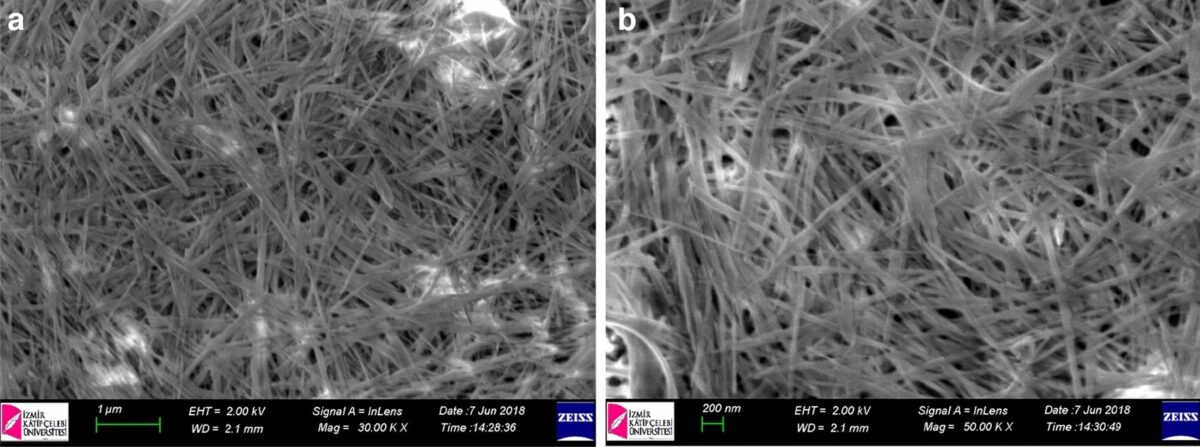Scientists in Turkey have demonstrated that sepiolite, a naturally occurring clay substance, can be added to perovskite precursor materials, and form a scaffold layer that can improve the efficiency and stability of the cells. The scientists believe that this substance could be valuable in developing reproducible processes for the production of large-area perovskite solar cells.

The material has strong potential as an additive for perovskite solar cells.
Image: Konya Technical University, Scientific Reports, CC by 4.0
Perovskites have shown plenty of potential as a material for low-cost, high-efficiency solar cells, and PV industry and research community are hard at work to develop processes that can bring this performance to large-sized, mass-produced devices that can stand up to outdoor conditions for 25 years or more.
To achieve this, a wealth of different approaches is on trial. Many of these are based on additives to perovskite precursor materials, which can influence the structure of the material as it grows or form protective layers around more vulnerable materials.
Scientists at Konya Technical University in Turkey discovered an additive that appears to do both of these. They found that sepiolite, a naturally occurring clay mineral largely composed of silicon, magnesium and oxygen, can be used without any alterations as a scaffold layer in a perovskite solar cell.
The group worked with planar perovskite solar cells with an initial maximum efficiency of 7.92%, and found that cells fabricated with the sepiolite additive jumped to a maximum efficiency just over 16%, more than a 50% increase for cells produced under otherwise identical conditions.
The group fabricated more than 150 cells both with and without the additive, and observed that the efficiency distribution decreased markedly for the sepiolite containing cells. The results are described in full in the paper “A novel natural scaffold layer improving efficiency, stability and reproducibility of Perovskite solar cells,” published in scientific reports.
The group also found that since sepiolite is also able to absorb a lot of water, it served to protect the moisture-sensitive inner layers of the perovskite cell from damage, both from residual water inside the cell and moisture from the atmosphere.
While it didn’t work with one the more common perovskite materials that have reached much higher efficiencies than the cells described in this work, the group is convinced that sepiolite can be a useful additive in the search for large-area perovskite devices that can be manufactured at scale. “a natural clay sepiolite as scaffold layer in PSCs leads efficient, reproducible and stable PSCs,” the group stated. “Nontoxic chemical structure, low-cost availability in nature and facile processability of sepiolite may encourage researchers for large area fabrication of PSCs.”